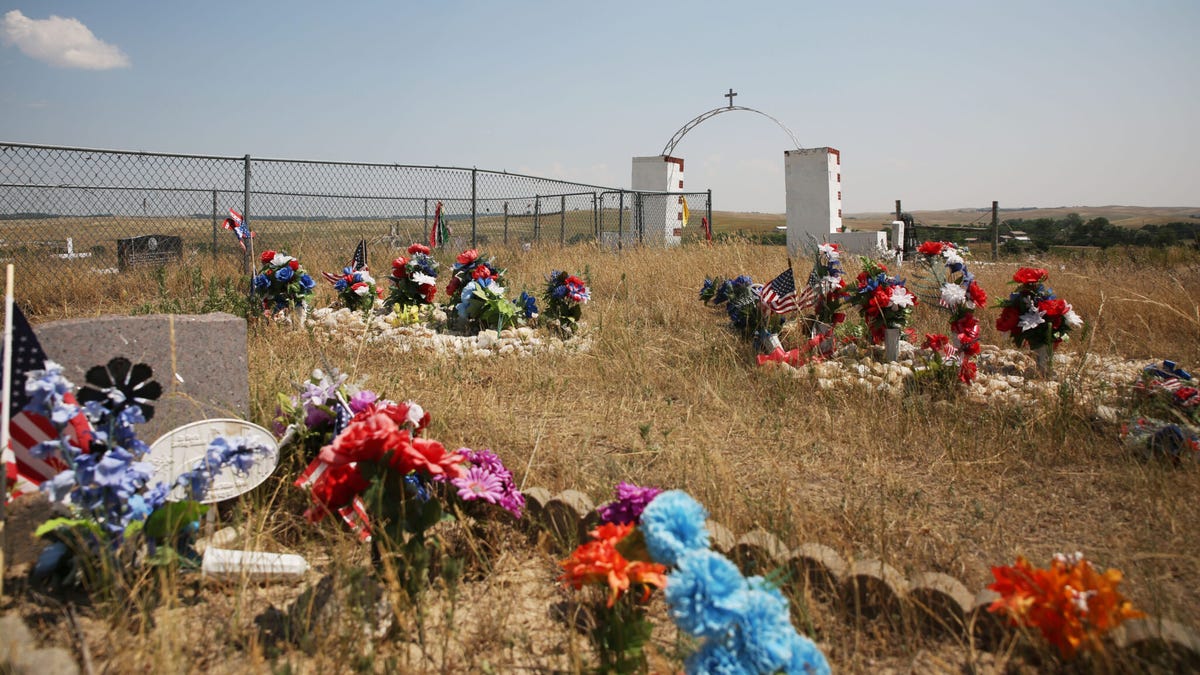Defense Secretary Pete Hegseth announced recently that the Medals of Honor awarded to U.S. soldiers for their actions at Wounded Knee Creek on Dec. 29, 1890, will not be rescinded.
His decision was based on the October 2024 recommendation of a five-member special review panel that voted 3-2 for the medals to be retained. At that time, Defense Secretary Lloyd Austin did not announce the panel’s vote or his decision.
Hegseth, in announcing his decision, said, “This decision is now final,” and said of the soldiers, “their place in our nation’s history is no longer up for debate.”
Hegseth’s decision may indeed be his final one, but his proclamation that the medals will never be rescinded betrays a lack of awareness of how fast attitudes can change. As Defense secretary, he can essentially prevent the medals from being rescinded during his tenure. But his decision is not binding on future secretaries or presidents. His undoing of decisions by his predecessors, such as their removal of Confederate statues, illustrates the temporary nature of such decisions.
Public debate on this issue is entirely beyond the control of Hegseth or any future Defense secretary. People will continue to uncover new evidence and propose different interpretations.
Here are some facts we have so far.
When the Department of Defense created the review panel last year, it said there were “approximately 20” Medals of Honor awarded. There is disagreement in historical sources about the exact number, because records associated with some medals are incomplete or unclear.
Thirty-four members of the Army’s Seventh Cavalry, plus one member of the Hospital Corps, died at Wounded Knee Creek or later from wounds suffered there, according to the book “Surviving Wounded Knee” by David Grua. It’s likely that many of them were killed by friendly fire because of how the commanding officer arranged the troops.
The U.S. side consisted of soldiers. The Lakotan side consisted of men, women and children who constituted a village in transit from the Cheyenne River Reservation to the Pine Ridge Reservation. Their leader, Spotted Elk (also known as Big Foot), was gravely ill.
U.S. soldiers separated the men from the women and children. Then the men were surrounded and disarmed. The women, in their lodges, were searched and disarmed.
A deaf Lakotan’s rifle accidentally discharged while soldiers were trying to take it from him. No one was hit by the bullet. In response, the U.S. soldiers fired their rifles at the men, and the Hotchkiss guns atop the adjacent hill were fired indiscriminately into the village.
U.S. soldiers killed children, women and men, even miles from the village. The Hotchkiss guns were relocated several times to fire on Lakotans sheltering in a twisted gully. U.S. soldiers continued shooting until sundown, then left Wounded Knee and returned to Pine Ridge Agency with wounded soldiers and Lakotans.
A blizzard blew in with snow and freezing temperatures on the afternoon of Dec. 31 and raged into the night. The next morning, New Year’s Day, Dakotan physician Charles Eastman asked for and received permission to return to Wounded Knee with about 100 men, including two photographers, to search for survivors. They found 11 children, women and men, who they took back to Pine Ridge.
Civilian contractors were hired by the U.S. government to bury the Lakotan bodies they could find on Jan. 3 and 4, 1891. They were paid $2 per body. For this reason, we know that they buried 18 children, 44 women and 84 men. They dug a 5-foot-deep, 6-foot-wide and 72-foot-long trench atop the hill where the Hotchkiss guns originally were located. The bodies were thrown into the trench and tramped down. The mass grave was left unmarked.
The names of the persons buried in the trench grave are not known. Survivors of the massacre recalled the names of nearly 200 missing persons. But how many of these include the 146 people buried in the grave is unknown.
On Oct. 25, 1990, the U.S. Congress issued a joint resolution expressing its “deep regret on behalf of the United States” for the Wounded Knee Massacre, and expressed its “commitment to acknowledge and learn from our history, including the Wounded Knee Massacre, in order to provide a proper foundation for building an ever more humane, enlightened, and just society for the future.”
In contrast, Secretary Hegseth appears determined to do exactly the opposite.
Craig Howe, founder and director of the Center for American Indian Research and Native Studies (CAIRNS), earned a Ph.D. in architecture and anthropology from the University of Michigan. He was raised and lives on his family’s cattle ranch in the Lacreek District of the Pine Ridge Reservation and is a citizen of the Oglala Sioux Tribe. This column was originally published on South Dakota Searchlight.
